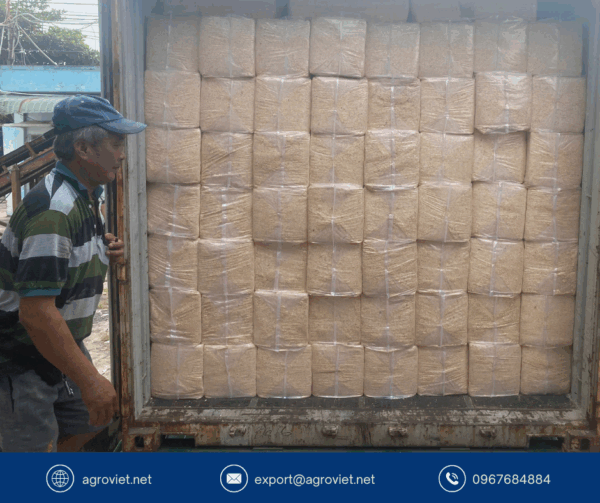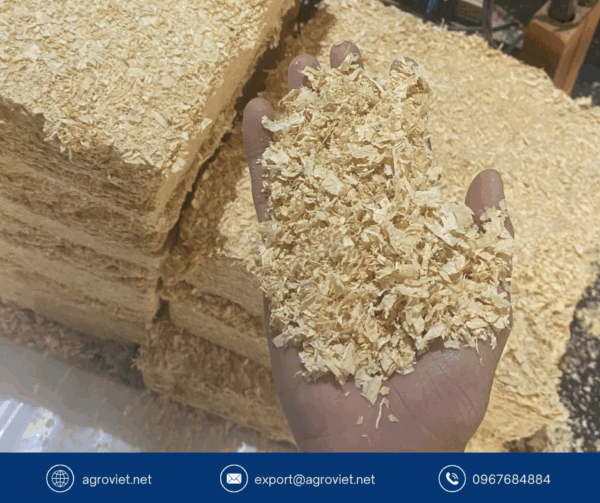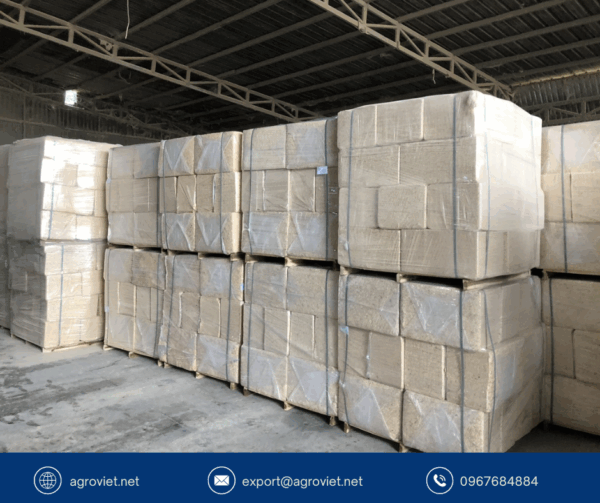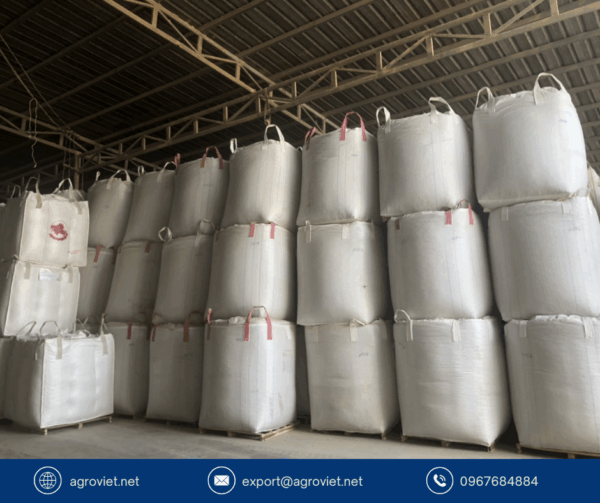Managing Barn Humidity in Winter: How Wood Shavings Reduce Condensation and Mold
Winter brings a hidden challenge to livestock barns: high humidity. Closed barns, sealed to retain warmth, trap moisture from animal respiration, urine, and external dampness, creating conditions ripe for condensation and mold growth. These issues threaten animal health, with research indicating that high humidity can increase respiratory and bacterial infections, contributing to mortality rates of 5-8% in poorly managed barns. Wood shavings, with their superior absorbency and moisture-wicking properties, are a powerful tool for managing humidity, preventing condensation, and reducing mold. This post explores the science behind wood shavings’ effectiveness, supported by a realistic case study, and subtly highlights their synergy with wood pellets.
The Humidity Problem in Winter Barns
In winter, barns are often tightly sealed to conserve heat, reducing ventilation and allowing humidity to build up. Moisture from animal breath, urine, and wet floors condenses on cold surfaces like walls and ceilings, creating damp conditions. This fosters mold growth, which can release spores that trigger respiratory issues like pneumonia or aspergillosis in livestock. High humidity also exacerbates ammonia production, further compromising air quality. Studies show that barns with humidity levels above 70% see increased disease incidence and mortality rates of 5-8%, particularly in cattle, goats, and poultry. Effective bedding is critical to controlling humidity and maintaining a healthy barn environment.
Why Straw Struggles with Humidity
Straw, a traditional bedding choice, is widely used for its affordability but falls short in managing winter humidity:
-
Low Absorbency: Straw absorbs only 1.5-2.5 times its weight in moisture, allowing urine and water to pool, raising humidity and promoting condensation.
-
Compaction: Straw flattens under livestock weight, trapping moisture and creating damp pockets that foster mold growth.
-
Mold Susceptibility: Wet straw is prone to fungal growth, releasing spores that exacerbate respiratory issues.
-
Poor Airflow: Compacted straw restricts air circulation, trapping humid air and worsening condensation.
These weaknesses contribute to higher humidity and mortality rates, with straw-bedded barns seeing 5-8% losses due to mold-related illnesses and respiratory infections.

How Wood Shavings Reduce Humidity and Mold
Wood shavings, particularly from softwoods like pine, excel at managing barn humidity and preventing mold:
-
High Absorbency: Shavings absorb 4-6 times their weight in moisture, quickly wicking away urine, water spills, and ambient humidity to keep barns dry and reduce condensation.
-
Moisture Wicking: Their loose, fluffy structure promotes airflow within the bedding, allowing moisture to evaporate rather than pool, unlike compacted straw.
-
Mold Resistance: Dry shavings inhibit fungal growth by limiting the moisture needed for mold spores to thrive, reducing respiratory risks.
-
Ammonia Neutralization: Pine shavings’ phenolic compounds bind ammonia, lowering humidity-driven ammonia production and improving air quality.
-
Insulation: Shavings trap air, maintaining warmer surfaces that reduce condensation on cold walls and ceilings.
Research indicates that wood shavings can reduce barn humidity by 20-30% compared to straw, keeping levels below 60% and cutting mold-related disease incidence by up to 60%. This lowers mortality rates to 1-3%, a 4-5% improvement over straw’s 5-8%.
The Science of Humidity Control
High humidity in barns results from moisture accumulation and poor evaporation. Condensation occurs when warm, moist air contacts cold surfaces, depositing water that fosters mold. Wood shavings address this through:
-
Moisture Absorption: Absorbing up to 600% of their weight, shavings remove moisture from the barn environment, reducing relative humidity and preventing condensation.
-
Airflow Promotion: Their porous structure allows air circulation, facilitating evaporation and keeping bedding dry.
-
Fungal Inhibition: Dry conditions limit mold species like Aspergillus and Penicillium, which require humidity above 65% to grow.
-
Thermal Regulation: Shavings’ low thermal conductivity (~0.1 W/m·K) keeps bedding warm, reducing temperature differences that cause condensation.
These mechanisms create a drier, healthier barn, significantly reducing respiratory and bacterial infections.

Benefits Beyond Humidity Control
Wood shavings offer additional advantages:
-
Respiratory Health: Low-dust shavings minimize irritants, reducing diseases like pneumonia, critical in high-humidity winters.
-
Animal Comfort: Soft, dry bedding reduces stress, promoting rest and boosting immunity.
-
Labor Efficiency: Shavings sift easily, cutting cleaning time by up to 50% compared to straw.
-
Odor Control: Ammonia neutralization keeps barns fresh, improving conditions for livestock and farmers.
Pairing shavings with wood pellets in high-moisture areas, like near water troughs, enhances absorbency, further reducing humidity and mold risks.
Case Study: The Cedar Grove Farm
Meet Lisa and Dan Carter, who run Cedar Grove Farm, a 120-head mixed livestock operation (60 goats, 60 chickens) in northern Montana, where winter temperatures drop to -25°F. In 2022, they used straw bedding, but high humidity (75-85%) led to condensation on barn walls and mold growth. This caused a 7% mortality rate (8 animals), with 5 goats and 3 chickens lost to pneumonia and aspergillosis. Cleaning wet straw took 3 hours daily, and the barn’s damp, moldy odor stressed their animals and deterred visitors.
In 2023, the Carters switched to kiln-dried pine shavings, layering them over wood pellets for extra absorbency in high-traffic areas. The results were transformative:
-
Humidity Reduced: Barn humidity dropped to 55%, a 25% improvement, eliminating condensation and mold growth.
-
Mortality Decreased: Only 2 animals (1.7%) were lost, a 5.3% reduction, due to fewer respiratory issues.
-
Health Improved: Pneumonia cases fell by 65%, and no aspergillosis was reported, thanks to dry, mold-free bedding.
-
Labor Savings: Cleaning time dropped to 1.5 hours daily, a 50% reduction, as shavings sifted easily.
-
Cost Efficiency: Shavings’ absorbency cut bedding use by 30%, saving $800 over the winter.
Lisa shared, “The shavings turned our barn around. It’s dry, mold-free, and the animals are so much healthier. Cleaning is faster, and the air smells clean. We wish we’d switched sooner.” The Carters now use Platts Bedding shavings for their consistent quality and humidity control.
Tips for Managing Humidity with Shavings
To maximize wood shavings’ humidity-reducing benefits:
-
Deep Bedding: Apply 4-6 inches of shavings to ensure ample absorbency and insulation.
-
Pellet Layering: Use wood pellets under shavings in wet areas, like near waterers, to lock in moisture.
-
Daily Cleaning: Spot-clean urine and droppings to maintain dryness and prevent humidity buildup.
-
Ventilation Strategy: Open vents on milder days to reduce humidity while preserving warmth.
-
Dry Storage: Store shavings in a covered area to prevent mold or moisture absorption.
-
Monitor Conditions: Use a hygrometer to keep barn humidity below 60%, and check for condensation or mold regularly.
Choosing Quality Shavings
Select kiln-dried shavings from safe softwoods like pine, ensuring low dust and high absorbency. Avoid coarse or chemically treated shavings that could reduce effectiveness or harm animals. Premium shavings, like those from Platts Bedding, are processed for optimal moisture control and mold resistance, ensuring a healthy barn environment in winter.
A Drier, Healthier Winter Barn
Wood shavings are a winter essential for managing barn humidity, reducing condensation and mold, and lowering mortality rates from 5-8% to 1-3%, as seen at Cedar Grove Farm. Their absorbency, airflow promotion, and ammonia-neutralizing properties create a dry, healthy environment that protects livestock. By combining shavings with wood pellets, you can enhance these benefits, ensuring optimal conditions. Switch to quality wood shavings this winter to transform your barn into a mold-free, comfortable haven for your animals.
Read more: https://vietnambestwood.com/general/winter-rabbits-and-guinea-pigs/
